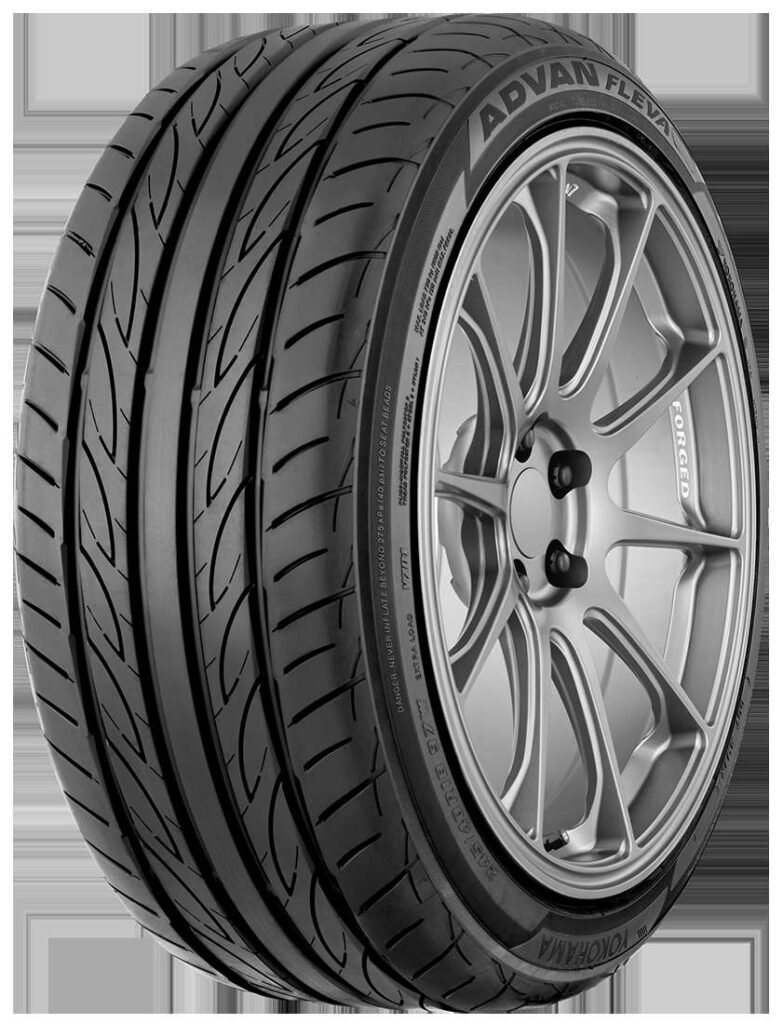| In an era where environmental consciousness is paramount, the tire industry is undergoing a profound transformation. Explore the promising developments in natural and other rubber types and components and learn how tire manufacturers are uniting to achieve the ambitious goal of 100% sustainability by 2050. This article delves into the tire industry’s commitment to fostering a greener, more environmentally responsible future.
C Harimohan,
Head, R&D (Materials and Compounding),
Yokohama Off Highway Tires
The industry is actively embracing the principles of Reuse, Regenerate and Recycle.

Transition to sustainable materials
Tires have historically relied on substantial amounts of raw materials sourced from fossil fuels. As the global community increasingly prioritises sustainability and minimising environmental impact, the tire industry is also embracing various endeavours to align with eco-friendly practices. Scientists specialising in material research within tire company research and development centres are dedicating their efforts to creating alternative, renewable and sustainable materials to replace traditional crude-derived resources.
The industry is actively embracing the principles of Reuse, Regenerate and Recycle, driving a wave of innovative initiatives aimed at creating a more environmentally positive world to inhabit. Natural rubber stands as a prominent component in the production of tires. As an inherently renewable resource sourced from nature, natural rubber plays a pivotal role in promoting sustainability. Nonetheless, the rate of natural rubber‘s availability does not parallel the accelerating demand, raising concerns about potential future imbalances between supply and demand. To address this, scientists have diligently pursued the development of alternative sources for natural rubber, such as Guayule and Dandelion.
Challenges and solutions in rubber production
Simultaneously, as the demand for natural rubber continues to surge, there arises a risk of resorting to unsustainable practices that could detrimentally impact tropical rainforests and biodiversity. Acknowledging these challenges, global tire companies have united in their dedication to establish the sector as both environmentally responsible and beneficial to society. Their collaborative efforts reflect a steadfast commitment to fostering a sustainable and eco-friendly tire industry.
To fulfil specific performance criteria such as traction, low rolling resistance, crack resistance and gas impermeability, the tire industry employs various types of synthetic rubbers. Among these synthetic rubbers, the most commonly utilised are Styrene Butadiene Rubber and Poly Butadiene Rubber. Both of these rubber varieties rely on monomeric components, namely Styrene and Butadiene, derived from crude oil. Currently, research endeavours are actively exploring the feasibility of producing butadiene using ethanol sourced from biomass materials like wood, rice husks and corn stover. Additionally, efforts are underway to establish industrial processes for generating regenerated Styrene from discarded Polystyrene items such as food containers and packaging waste. These initiatives reflect a commitment to advancing sustainable practices within the tire industry by reducing its reliance on fossil-derived resources and promoting the repurposing of waste materials.
Following the rubber components, which make up approximately 40%–45% of tire weight, the subsequent significant ingredient in tires is Carbon Black, accounting for about 20%–25% of the total tire weight. Carbon Black is also sourced from crude oil, and its production entails notable emissions of CO2. To address the growing imperative of reducing tire rolling resistance—a key determinant of vehicle fuel efficiency—extensive efforts have transpired over the past two decades to formulate rubber compounds that utilise Precipitated Silica as a reinforcing filler in lieu of Carbon Black.
A parallel development gaining traction involves the retrieval of Carbon Black from end-of-life tires through an advanced pyrolysis process. The resultant Recovered Carbon Black, now commonly referred to as rCB, can be incorporated into rubber compounds in specific proportions. This innovation has paved the way for a robust circular economy approach. Notably, incorporating rCB significantly reduces CO2 emissions by more than 80% compared to the conventional process of producing virgin Carbon Black.
These endeavours underscore a significant shift in the tire industry’s approach, striving for enhanced sustainability by minimising reliance on fossil-derived materials and promoting the efficient utilisation of resources. Another critical raw material employed in tire manufacturing is Rubber Process Oil (RPO), which encompasses varieties such as Aromatic Oil, TDAE, RAE, MES and paraffinic oil. All of these oils are derived from crude oil. Within tire production, these oils serve as essential process aids during the rigorous mixing of rubber compounds in internal mixers, while also playing a crucial role in engineering the desired stress-strain behaviour of the final compound. Additionally, these oils contribute to cost reduction in the manufacturing process. Explorations into process aids sourced from non-petroleum origins, such as orange peel, soybean, canola and neem, are underway at various stages of research and development for potential tire applications.
Although Silica is generally considered a more environmentally friendly material, the energy consumption associated with conventional methods for producing Precipitated Silica from quartz sand is notably high. A burgeoning industry centred around Silica extraction from Rice Husk Ash has emerged as a promising solution, substantially curbing CO2 emissions. This innovation also presents a viable answer to the challenge of managing ash disposal and its associated pollution issues.
Reducing environmental impact
The utilisation of de-vulcanised rubber derived from end-of-life tires in tire manufacturing has been a practiced approach for decades. However, the reclaimed rubber obtained through conventional reclamation processes tends to exhibit significant degradation compared to the original rubber compounds used in tires. Consequently, extensive research efforts are on-going to develop alternative methods for de-vulcanising cured rubber with minimal degradation. Several of these technologies have already transitioned into commercialisation, opening up opportunities to enhance the incorporation of de-vulcanised rubber in tire production.
Many prominent players in the tire industry have firmly committed to achieving the ambitious goal of making their tires 100% sustainable by the year 2050, setting intermediate milestones for incremental progress. Notably, a robust collaboration is taking place among tire manufacturers, raw material suppliers and academic institutions to collectively work towards achieving this objective well within the specified timelines. This concerted effort demonstrates the industry’s resolute dedication to advancing sustainability and environmental responsibility in the tire manufacturing process.